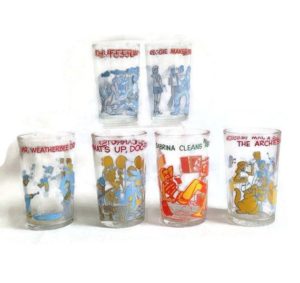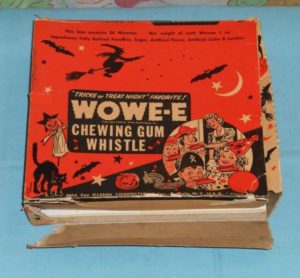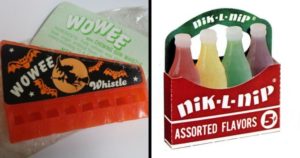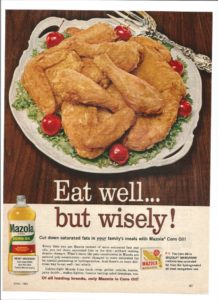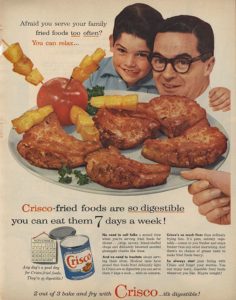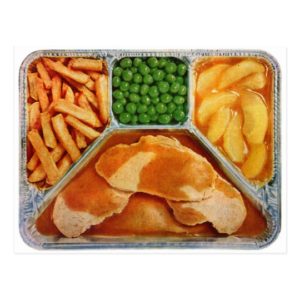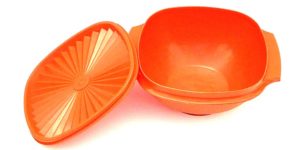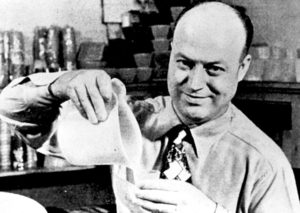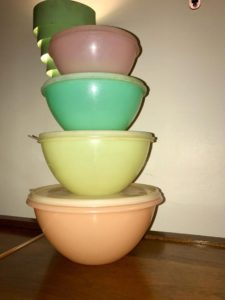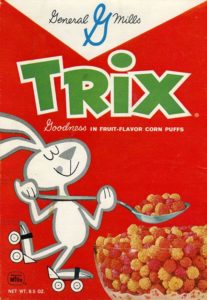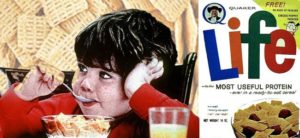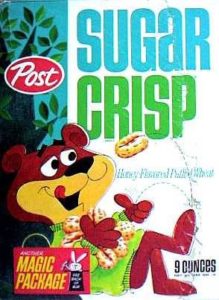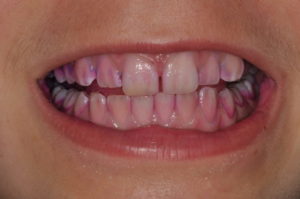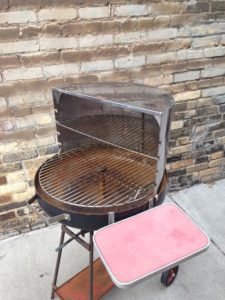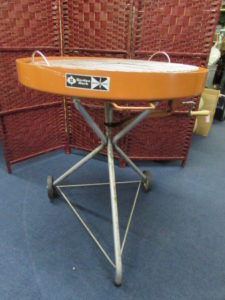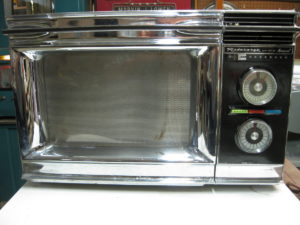
It would be difficult for me to imagine life without a microwave oven. I probably use one twice a day minimum. Yet, I grew up without one of the expensive, newfangled, radiation-emitting appliances. We didn’t get a microwave oven until the mid 70’s.
But many of us Boomer kids recall having them as far back as 1967, when Amana introduced the Radarange home model.
The heating power of microwaves was discovered by accident by Percy Spencer, a self-taught engineer with the Raytheon Corporation. In 1945 or 1946 (accounts vary), he was testing a magnetron, a vacuum tube that emitted microwaves, when he noticed the candy bar in his pants pocket had inexplicably melted.
Intrigued, Spencer placed a pile of popcorn kernels next to the tube and fired it up again (this time standing back a ways!). Sure enough, the kernels soon began popping. His next experiment involved an egg, which blew hot yolk all over him when it exploded.
Spencer immediately saw the potential for microwaves as a means to cook food. First of all, the waves would need to be contained. The nature of microwaves is such that their 12.24 cm length can be contained by metal or metallic mesh. So Spencer devised a box with a tube through which the microwaves would be fed in. The contained energy cooked any food placed in the box very rapidly.
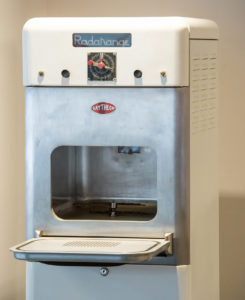
The first Raytheon Radarange (the name was a winning entry in an employee contest) was built in 1947. It was 6 feet tall and weighed 750 pounds. It was also water-cooled and consumed 3000 watts of power. But research continued, along with gradual miniaturization, and by the mid 50’s, free-standing microwave ovens were using half as much power and cost less than $3000. That made them affordable investment by eateries and bakeries, whose operations were revolutionized by the ability to cook much faster.
As the technology got smaller and cheaper, Raytheon saw the potential for selling home-sized microwave ovens. So in 1967, Amana, a Raytheon division, began marketing the Radarange for $495.
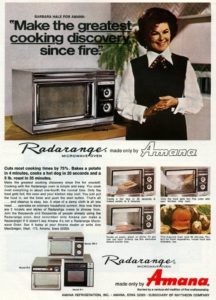
That was a lot of money back then, and sales began slowly. But that wasn’t the only factor. Urban legends have exploded with the growth of the internet, but they were around back in our childhoods, too. And many myths surrounded cooking your food with microwave radiation. Tales of sterility, impotence, and radiation poisoning hindered sales of microwave ovens.
But the numbers steadily increased as the truth showed fears of such incidents to be unfounded. By 1970, 40,000 were sold. In 1975, more microwave ovens were sold than gas ranges. The next year, 60% of US households had one. I think that’s when my thrifty father finally sprang for one, and the Enderland household began experiencing the miracle of microwave cooking.
One tale about the ovens did turn out to be true: metal and microwaves don’t mix. Many a 1970’s homeowner was horrified by miniature electrical storms when they put aluminum foil or metallic utensils in their microwave ovens. It was a mistake that was generally only made once.
Today, of course, there’s nothing cooler than frying a CD in an old microwave. And you can get a basic oven for less than fifty bucks. If you don’t have a microwave oven in your house, it’s for personal reasons rather than economic. But if you remember JFK, you can also recall a time when warming food required heating a big oven or firing up a cooktop, no exceptions.
